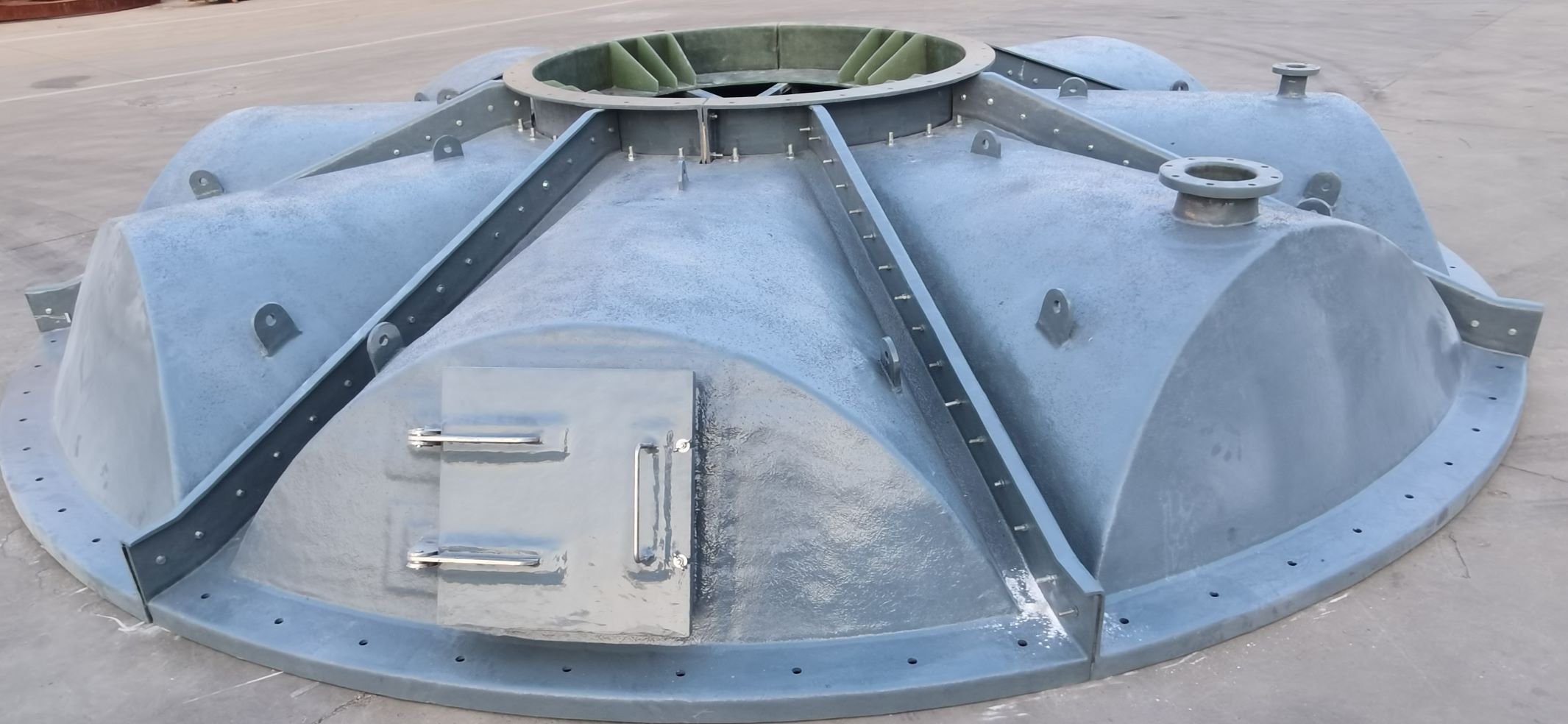
-
 Afrikaans
Afrikaans -
 Albanian
Albanian -
 Amharic
Amharic -
 Arabic
Arabic -
 Armenian
Armenian -
 Azerbaijani
Azerbaijani -
 Basque
Basque -
 Belarusian
Belarusian -
 Bengali
Bengali -
 Bosnian
Bosnian -
 Bulgarian
Bulgarian -
 Catalan
Catalan -
 Cebuano
Cebuano -
 China
China -
 China (Taiwan)
China (Taiwan) -
 Corsican
Corsican -
 Croatian
Croatian -
 Czech
Czech -
 Danish
Danish -
 Dutch
Dutch -
 English
English -
 Esperanto
Esperanto -
 Estonian
Estonian -
 Finnish
Finnish -
 French
French -
 Frisian
Frisian -
 Galician
Galician -
 Georgian
Georgian -
 German
German -
 Greek
Greek -
 Gujarati
Gujarati -
 Haitian Creole
Haitian Creole -
 hausa
hausa -
 hawaiian
hawaiian -
 Hebrew
Hebrew -
 Hindi
Hindi -
 Miao
Miao -
 Hungarian
Hungarian -
 Icelandic
Icelandic -
 igbo
igbo -
 Indonesian
Indonesian -
 irish
irish -
 Italian
Italian -
 Japanese
Japanese -
 Javanese
Javanese -
 Kannada
Kannada -
 kazakh
kazakh -
 Khmer
Khmer -
 Rwandese
Rwandese -
 Korean
Korean -
 Kurdish
Kurdish -
 Kyrgyz
Kyrgyz -
 Lao
Lao -
 Latin
Latin -
 Latvian
Latvian -
 Lithuanian
Lithuanian -
 Luxembourgish
Luxembourgish -
 Macedonian
Macedonian -
 Malgashi
Malgashi -
 Malay
Malay -
 Malayalam
Malayalam -
 Maltese
Maltese -
 Maori
Maori -
 Marathi
Marathi -
 Mongolian
Mongolian -
 Myanmar
Myanmar -
 Nepali
Nepali -
 Norwegian
Norwegian -
 Norwegian
Norwegian -
 Occitan
Occitan -
 Pashto
Pashto -
 Persian
Persian -
 Polish
Polish -
 Portuguese
Portuguese -
 Punjabi
Punjabi -
 Romanian
Romanian -
 Russian
Russian -
 Samoan
Samoan -
 Scottish Gaelic
Scottish Gaelic -
 Serbian
Serbian -
 Sesotho
Sesotho -
 Shona
Shona -
 Sindhi
Sindhi -
 Sinhala
Sinhala -
 Slovak
Slovak -
 Slovenian
Slovenian -
 Somali
Somali -
 Spanish
Spanish -
 Sundanese
Sundanese -
 Swahili
Swahili -
 Swedish
Swedish -
 Tagalog
Tagalog -
 Tajik
Tajik -
 Tamil
Tamil -
 Tatar
Tatar -
 Telugu
Telugu -
 Thai
Thai -
 Turkish
Turkish -
 Turkmen
Turkmen -
 Ukrainian
Ukrainian -
 Urdu
Urdu -
 Uighur
Uighur -
 Uzbek
Uzbek -
 Vietnamese
Vietnamese -
 Welsh
Welsh -
 Bantu
Bantu -
 Yiddish
Yiddish -
 Yoruba
Yoruba -
 Zulu
Zulu
Durable Fiber Reinforced Plastic Tanks for Efficient Liquid Storage Solutions
The Advantages of Fiber Reinforced Plastic Tanks
In recent years, the demand for advanced materials in industrial applications has surged. One such material that has garnered significant attention is fiber reinforced plastic (FRP). Among its various applications, FRP tanks have emerged as a robust solution for storage needs across numerous sectors. With unique properties that alleviate some of the common issues associated with traditional materials, FRP tanks offer a compelling alternative that is worth exploring.
What is Fiber Reinforced Plastic?
Fiber reinforced plastic is a composite material made by combining a plastic matrix—usually thermosetting resin—with reinforcing fibers, such as glass, carbon, or aramid. This combination endows the resultant material with a high strength-to-weight ratio, increased durability, and resistance to environmental factors. The flexibility in design and manufacturing processes allows FRP to be molded into various shapes and sizes to cater to specific operational requirements.
Corrosion Resistance
One of the standout features of FRP tanks is their superior resistance to corrosion. Traditional storage tanks, often made from metal, are susceptible to rust and degradation when exposed to harsh chemicals and environmental conditions. On the other hand, FRP tanks resist corrosion from a wide array of substances, including acids, alkalis, salts, and even some organic solvents. This makes them particularly attractive for industries such as wastewater treatment, chemical processing, and food storage, where chemical interactions with storage materials could prove costly and dangerous.
Lightweight and Strong
FRP tanks are significantly lighter than their metal counterparts. This lightweight nature reduces shipping costs and installation effort, as they do not require heavy machinery for transportation and setup. Despite their reduced weight, FRP tanks are incredibly strong and can withstand significant mechanical stress. This high strength-to-weight ratio is one of the reasons why FRP is increasingly favored in constructing large storage tanks that need to support considerable volumes while being easy to manage.
fiber reinforced plastic tank

Customization and Design Flexibility
The process of manufacturing FRP tanks offers extensive design flexibility. Manufacturers can produce tanks tailored to specific needs and space constraints. This adaptability extends to the shapes and sizes of tanks, allowing for round, square, or custom configurations. Additionally, FRP can be molded with various features, such as compartments, manholes, and drainage systems, making them versatile for a range of applications.
Insulation Properties
FRP also offers excellent thermal insulation properties, making it suitable for storing temperature-sensitive liquids. Unlike metal tanks that can conduct heat, leading to temperature fluctuations inside, FRP tanks can maintain more stable internal conditions. This property is particularly valuable in the food and beverage industry or for chemical processes requiring temperature control.
Environmental Impact
As societies become more environmentally conscious, the use of sustainable materials and manufacturing processes is gaining traction. FRP tanks can be manufactured from recycled materials and can be designed to minimize waste during production. Additionally, their long lifespan and resistance to chemical degradation ensure that they do not frequently need replacement, further reducing their environmental footprint.
Conclusion
In conclusion, fiber reinforced plastic tanks represent a forward-thinking solution for storage needs across various industries. Their resistance to corrosion, lightweight nature, customization options, excellent insulation properties, and potential for reduced environmental impact make them a strong alternative to traditional storage materials. As technology continues to evolve, the applications of FRP are likely to expand, paving the way for more innovative and sustainable solutions in industrial storage. Whether for chemical storage, water treatment, or various other applications, FRP tanks offer a blend of performance, economy, and environmental responsibility that is hard to overlook.









